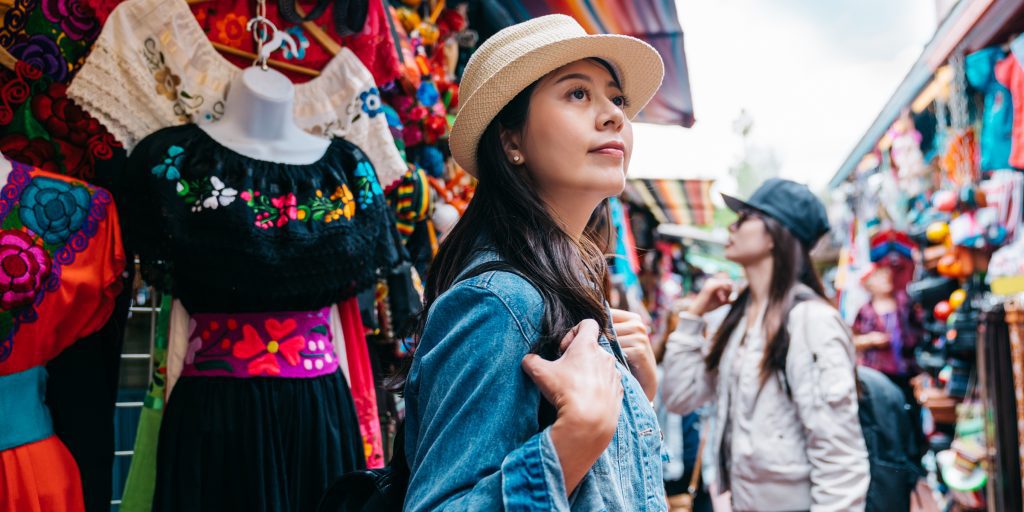In an era of inclusivity and acceptance, the LGBTQ+ community is a dynamic and influential demographic that demands thoughtful attention from marketers. First, understand that the LGBTQ+ community is not monolithic, as there are several sub-groups and individuals with drastically different political views within the community.
Understanding how to effectively engage with this community is not just a matter of cultural sensitivity but a strategic imperative. The LGBTQ+ population encompasses diverse identities, including non-binary, trans, pansexual, queer, and more. Tailoring marketing efforts to resonate with these unique sub-groups is a sign of respect and a crucial move toward unlocking substantial growth opportunities. This article will scratch the surface to explore why understanding and authentically engaging with these diverse identities matters and how it can lead to significant progress in marketing.
The Rich Tapestry of LGBTQ+ Identities
To truly resonate with the LGBTQ+ community, it is paramount to recognize that it is far from being a singular entity. Instead, it represents a beautifully intricate tapestry of identities, each deserving respect, recognition, and tailored marketing strategies.
Why Does Representation Matter? The Pitfalls of Misrepresentation: Cisgender Actors Playing Trans Characters
One prominent issue in media and entertainment is the casting of cisgender actors in transgender roles. This practice not only limits opportunities for transgender actors but also perpetuates harmful stereotypes. GLAAD’s Studio Responsibility Index reported that only 14% of the major studio releases in 2020 included transgender characters, and none were portrayed by transgender actors (GLAAD, 2021).
A notable example is the controversy surrounding the casting of cisgender actor Eddie Redmayne as transgender artist Lili Elbe in “The Danish Girl.” This decision drew criticism from the transgender community and advocates for authentic representation, highlighting the need for change in the industry. The backlash against such casting choices underscores the growing demand for authentic representation and the importance of casting transgender actors in transgender roles (The Guardian, 2016). And as more people become vocal, rightfully so, brands need to take note and evolve their targeting strategies.
People want to see people from their own communities reflected in entertainment, marketing, and advertising; otherwise, you would have wasted the budget in a failed attempt to target this community.
We share some insights on a few subgroups within the LGBTQ+ community. While this is not an exhaustive list, we hope this article inspires you to ensure you are attempting at accurate representation and not just tokenism.

Non-Binary Individuals: Celebrating the Spectrum
Non-binary individuals represent a vital and diverse segment of the LGBTQ+ community. According to a survey conducted by the National Transgender Discrimination Survey (NTDS), about 35% of non-binary individuals reported experiencing physical assault due to their gender identity. Recognizing this diversity is essential in crafting marketing strategies that resonate with non-binary individuals (NTDS, 2015).
By acknowledging and respecting non-binary identities, brands, especially fashion and retail brands, can create content that affirms the richness of gender identities. For example, a study by Nielsen found that 66% of consumers are willing to pay more for products from brands that demonstrate a commitment to sustainability and social responsibility. This suggests that marketing campaigns that promote inclusivity and diversity can positively impact consumer loyalty and purchasing behavior (Nielsen, 2015).

Transgender Individuals: Empowering Authenticity
Transgender individuals embark on a profound journey of self-discovery, acceptance, and empowerment. According to the U.S. Transgender Survey, nearly one in four transgender individuals have faced discrimination in healthcare settings. Understanding this journey is key to fostering trust and a sense of belonging within this segment of the LGBTQ+ community (USTS, 2015).
For instance, an inclusive beauty brand might collaborate with transgender influencers or activists to highlight products catering to individuals who identify as trans, nonbinary, or still on their journey of self-discovery. A Community Marketing & Insights survey found that 72% of LGBTQ+ consumers are more likely to support companies that advertise to them directly. This underscores the importance of targeted marketing efforts that speak authentically to the transgender community (CMI, 2019).
Pansexual Individuals: Embracing All Love
Pansexuality celebrates love without confining it to the boundaries of gender. Recognizing and validating pansexual individuals affirms their right to love freely and authentically. A study published in JAMA Network Open found that LGBTQ+ inclusive policies and practices in healthcare settings were associated with a 4% increase in patient satisfaction. This demonstrates that inclusive marketing can positively impact consumer experiences and perceptions (JAMA Network Open, 2020).
An example of this inclusivity in action might be a dating app that offers a wide array of gender and orientation options, ensuring that pansexual individuals can connect with potential partners in an environment that respects their unique preferences. The Pew Research Center reported that 30% of LGBTQ+ adults have used a dating app or website, highlighting the significance of inclusive platforms for this community (Pew Research Center, 2020).

Queer Individuals: Navigating Fluidity
Queer individuals embody a fluidity in their sexual orientation and identity. Tailoring marketing efforts to reflect this fluidity allows for more nuanced, inclusive, and relatable campaigns.
According to a survey conducted by GLAAD, 20% of millennials identify as LGBTQ+, demonstrating the significant market potential within this demographic (GLAAD, 2017).
For instance, an entertainment streaming service might curate a diverse selection of content that appeals to the wide range of experiences within the queer community. A study by Nielsen found that LGBTQ+ consumers are 20% more likely to have streamed a show online in the past year, indicating a strong interest in digital entertainment platforms (Nielsen, 2016).
In conclusion, embracing diversity within the LGBTQ+ community is a matter of respect and inclusivity and a strategic move toward growth in marketing efforts.
Moreover, research demonstrates that accurate representation in marketing can have a profound impact on brands:
- According to a study by Kantar Millward Brown, advertisements with diverse and inclusive representations of gender and sexuality are 25% more effective in driving purchase intent (Kantar Millward Brown, 2019).
- The LGBTQ+ consumer market is estimated to have a buying power of over $3.7 trillion globally, as reported by Witeck Communications (Witeck Communications, 2020). Accurate representation can tap into this lucrative market.
- A Nielsen study found that 54% of consumers consider diversity and inclusion as key factors in brand selection, emphasizing the importance of inclusive marketing (Nielsen, 2020).
These statistics underscore the compelling case for brands to prioritize accurate representation in their marketing efforts, particularly when engaging with the LGBTQ+ community.







